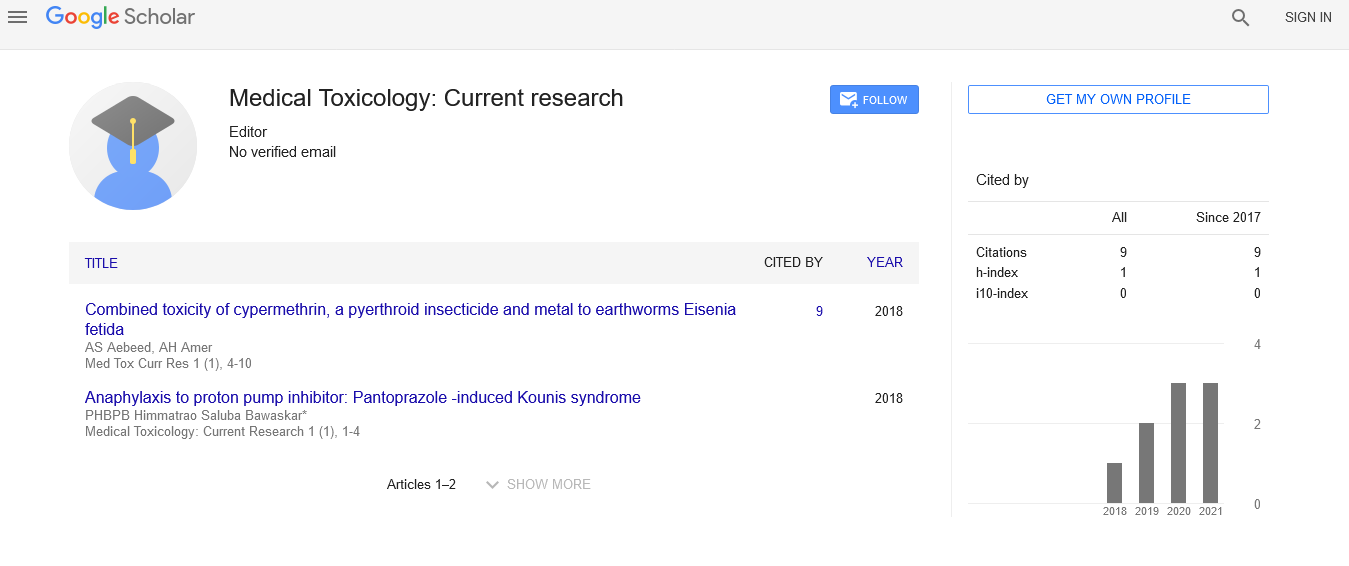
Sign up for email alert when new content gets added: Sign up
Abstract
Toxicology and Pharmacology Congress: A comprehensive method for the screening of drugs in severely decomposed human tissues by fast gas chromatography/tandem mass spectroscopy
Author(s): Brian WatersStatement of the Problem: Drug screening is an important reference in forensic autopsy investigations. In postmortem toxicology, often the samples provided for analysis are in a severe state of putrefaction or decomposition. The presence of breakdown products such as lipids and amino acids make extraction of the compounds of interest difficult. Also, developing an analytical method capable of detecting trace levels of analytes from the interfering substances present in these complex matrices adds to the challenges. Methodology & Theoretical Orientation: For this study, putrefied and decomposing tissue samples from actual cases autopsied at our department were analyzed. Human tissue specimens consisted of liver, kidney, spleen, lung, muscle and brain, if available. The drugs detected from these specimens included phenobarbital, chlorpromazine, promethazine, aripiprazole, amlodipine, telmisartan, rosvastatine, chlorpheniramine, etizolam and zolpidem. Specimens of 0.3 g were treated with urease, acidified or alkalized and extracted with acetonitrile. Lipid-removal and solid-phase extraction cartridges were employed while carefully monitoring the pH of samples to ensure the adequate removal of interfering substances. The extracts were evaporated and reconstituted in n-propyl acetate:methanol (1:1) for fast GC-MS/MS analysis. Findings: The developed method was successful in clearly identifying drugs from putrefied specimens. The use of tandem mass spectrometry helped to reduce the influence of background noise and interfering substances. Conclusion & Significance: Putrefied specimens are often the only remaining samples left from severely decomposed cadavers. The combination of a robust preparation method and analysis with fast GC-MS/MS could aid the forensic medicine and toxicology communities in elucidating important information from these often-overlooked biological matrices. Recent Publications 1. Hara K, Waters B, Ikematsu N, et al. (2016) Development of a preparation method to produce a single sample that can be applied to both LC-MS/MS and GC-MS for the screening of postmortem specimens. Legal Medicine; 21: 85- 92. 2. Waters B, Ikematsu N, Hara K, et al. (2016) GC-PCI-MS/MS and LC-ESI-MS/MS databases for the detection of 104 psychotropic compounds. Legal Medicine; 20: 1-7. References 1. Butzbach D (2010) The influence of putrefaction and sample storage on post-mortem toxicology results. Forensic Science, Medicine and Pathology; 6: 35- 45. 2. Watterson J, Imfeld A, Cornthwaite H (2014) Determination of colchicine and O-demethylated metabolites in decomposed skeletal tissues by microwave assisted extraction, microplate solid phase extraction and ultra-high performance




